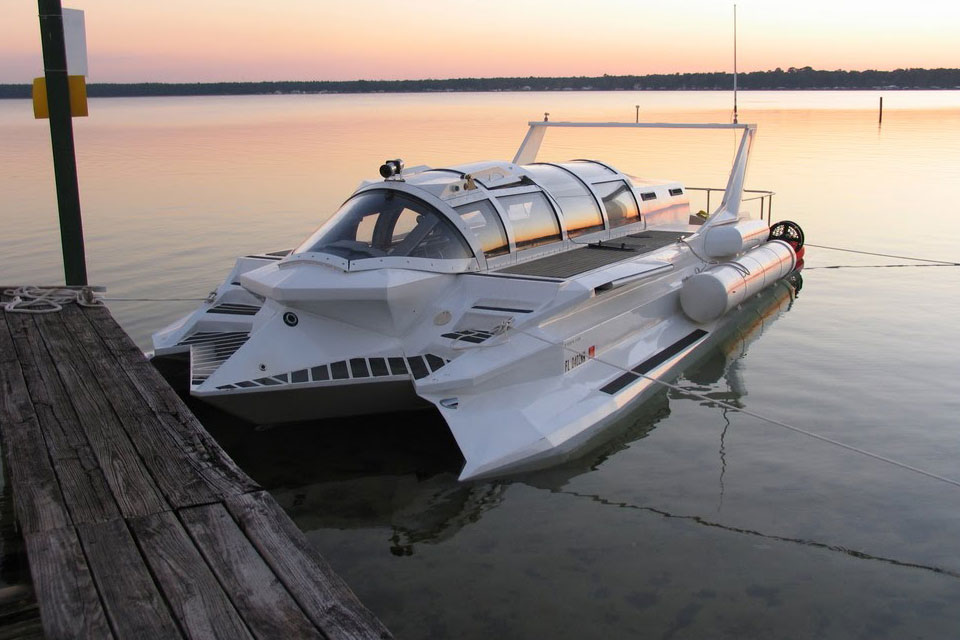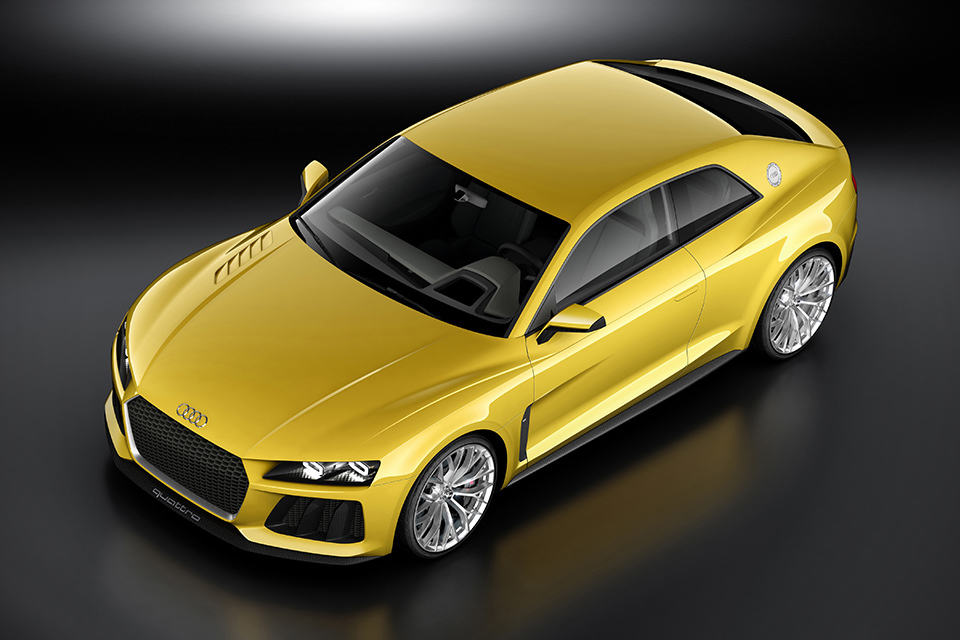Are you thinking about buying a paddleboard? Well, you’re not alone. Paddleboarding has become an increasingly popular water sport and for good reason too. Not only is it a great form of exercise, but it also provides a peaceful and scenic way to explore the waters. However, before jumping into your purchase, there are some key things that you should know to make an informed decision.
In this blog post, we’ll be discussing 6 important things that every potential paddle board buyer should keep in mind. From different types of boards to important accessories, we’ve got you covered. Let’s get started.

Types of Boards
There are different types of paddle boards available in the market, each designed for a specific purpose. The most common types include all-around, touring, racing, and inflatable boards. All-around boards are versatile and suitable for beginners as well as experienced riders. Touring boards are longer and narrower, making them faster and more stable on long distances. Racing boards are designed for speed and agility, but they require advanced paddling skills.
You can read expert reviews and try out different types of boards to determine which one suits your needs best. For instance, the Costco 9′ 6 by Wavestorm review details the features, pros, and cons of an all-around board that has gained popularity among beginners. Knowing the different types of boards will help you narrow down your options and make a more informed decision.
Board Size and Shape
The size and shape of your paddle board play a crucial role in its performance. A general rule is that longer and narrower boards are faster while shorter and wider boards provide more stability. However, there are other factors to consider such as your weight, skill level, and intended use for the board. For example, if you plan on using it for yoga or fishing, you may want a wider board with more stability.
On the other hand, if you plan on using it for racing, a longer and narrower board would be more suitable. It’s important to research and test out different sizes and shapes to find the perfect fit for your needs. Don’t hesitate to consult with experts or experienced paddlers for advice as well. Choosing the right size and shape will greatly enhance your paddle-boarding experience.
Materials Used
Paddle boards are typically made from three types of materials – polyurethane foam, expanded polystyrene foam, and inflatable PVC. Polyurethane foam is the most common material used in traditional solid boards, while expanded polystyrene foam can be found in epoxy boards. Inflatable PVC boards are lighter and more convenient for transportation.
Each material has its own benefits and drawbacks, so it’s important to consider your needs and preferences before making a decision. For example, if you plan on transporting the board frequently, an inflatable one may be a better option due to its lightweight and compact design. If you prioritize durability and performance, then a traditional solid board may be the way to go.
Price Range
Paddleboards can range in price from a few hundred dollars to several thousand dollars. The price typically reflects the quality and features of the board, as well as the brand name. It’s important to set a budget before making your purchase and keep in mind that additional costs such as paddles, leashes, and other accessories may need to be factored in.
While it may be tempting to go for a cheaper option, keep in mind that a higher-quality board will last longer and provide a better experience overall. Consider your needs and compare prices from different brands to find the best value for your budget.
Accessories Needed
Aside from the paddle board itself, there are a few key accessories that you’ll need to have a successful and safe paddle-boarding experience. The most important accessory is a suitable paddle, which can range in price and material depending on your preferences. A leash is also essential for safety, especially in rough waters.
Other useful accessories include a personal flotation device (PFD), a roof rack or storage bag, and proper clothing for the weather conditions. It’s important to research and invest in high-quality accessories that will enhance your overall paddle-boarding experience.
Test-Driving Options
One of the best ways to make an informed decision when buying a paddle board is by test-driving different options. Many shops and rental companies offer demo days where you can try out various boards and get a feel for their performance. This will also allow you to ask questions and receive expert advice.
Another option is to rent or borrow from a friend before making your purchase. This will allow you to spend more time with the board and determine if it suits your needs without committing to buying it. Some brands also offer trial periods or money-back guarantees, which can be a great way to test out a board before fully investing in it.

Buying a paddle board is an exciting and rewarding experience, but it’s important to do your research and consider various factors before making a purchase. By knowing the different types of boards available, choosing the right size and shape, understanding the materials used, setting a budget for accessories, and test-driving options before committing, you can ensure that you find the perfect paddle board to suit your needs. So go ahead and take the plunge into this wonderful water sport – just make sure you’re well-informed beforehand.
Featured image by project_2 on freepik.


